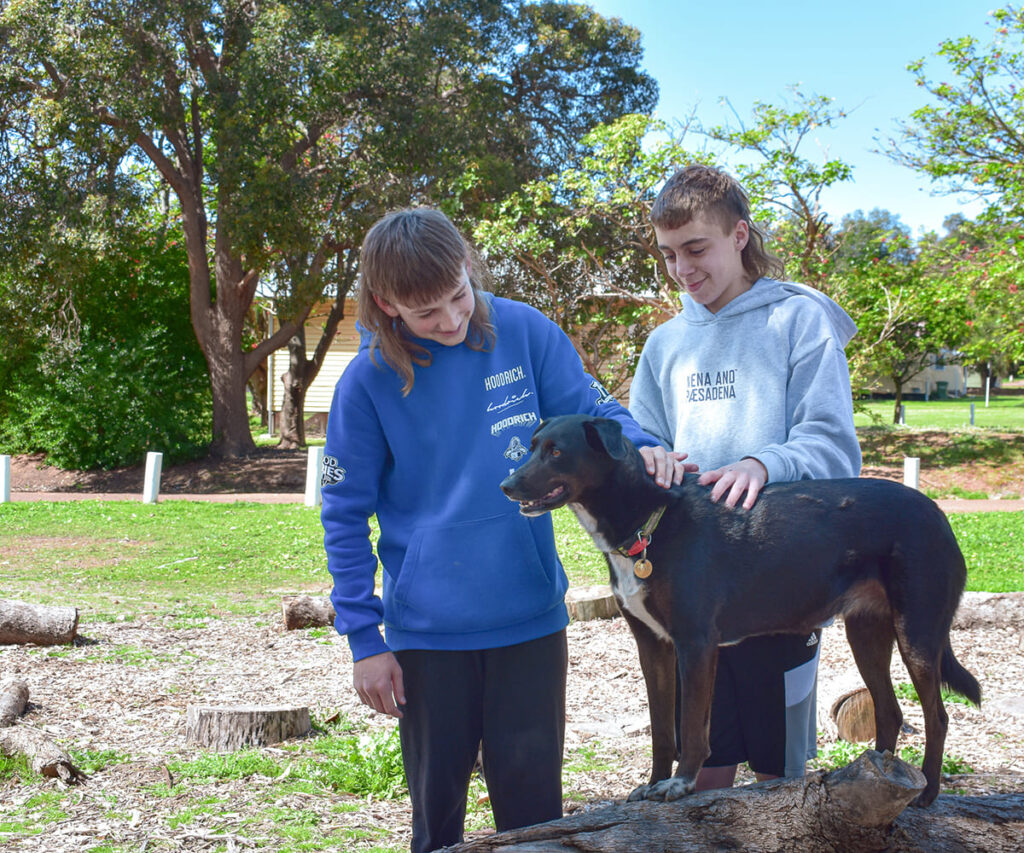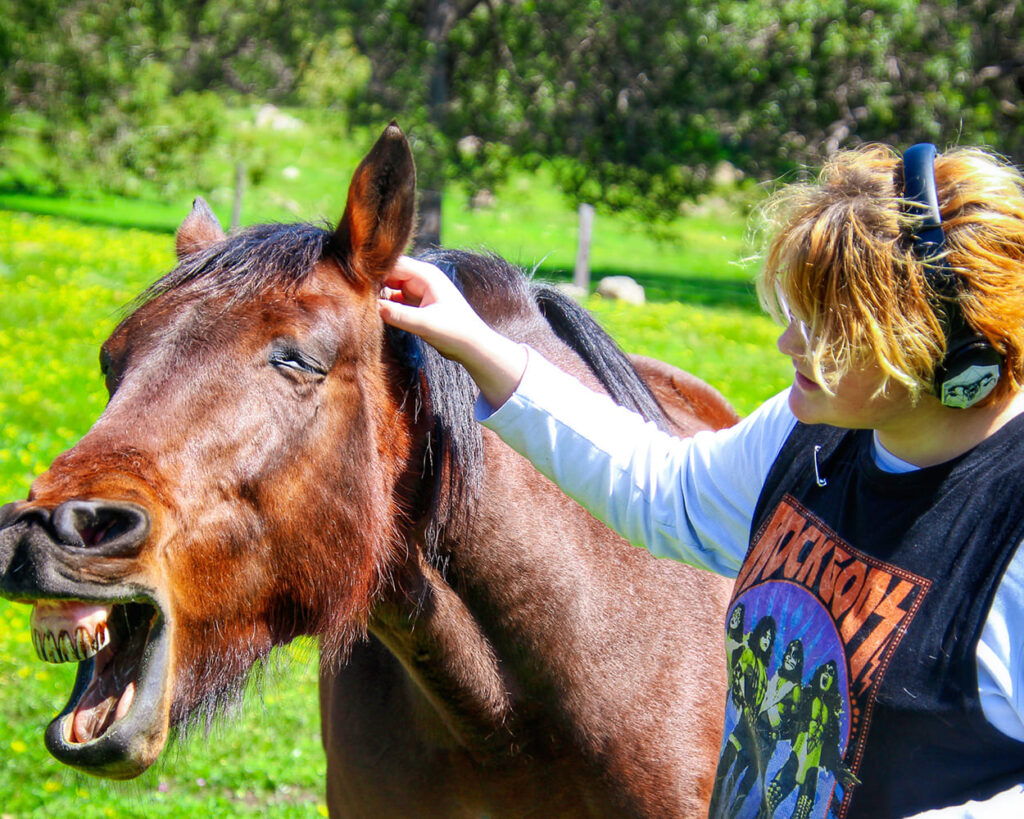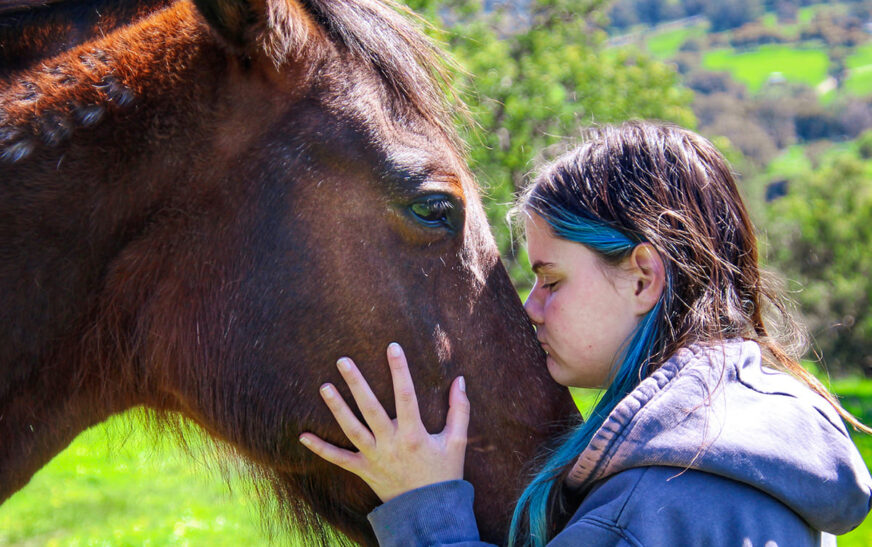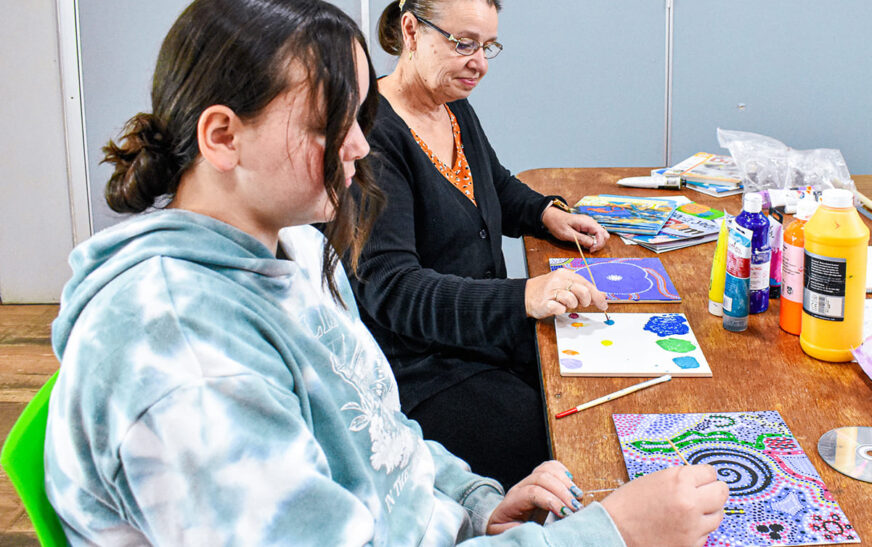Animals have always been a part of human life, providing companionship, support, and even a bit of entertainment. But what happens when animals become part of a student’s learning environment? More schools and education programs across Australia are exploring the benefits of animal interaction, and the results speak for themselves.
Why Animal Interaction in Schools is on the Rise
Over the past few years, there’s been a noticeable shift towards more hands-on, practical learning approaches. As a result, the idea of bringing animals into classrooms and schoolyards is becoming more popular. Schools, alternative education programs, and even early learning centres are seeing the positive impact that animals can have on students who struggle with traditional learning environments.
Some of the key reasons for this shift include:
- A growing focus on student mental health and well-being
- The need for alternative engagement strategies, especially for at-risk students
- Recognition of the therapeutic impact of animals on anxiety and emotional regulation
It’s not just about petting a dog during lunchtime. Structured animal programs are being developed to support learning outcomes, build confidence, and help students develop essential life skills.

Emotional Benefits: How Animals Help Students Feel Safe and Connected
One of the biggest challenges facing students today is the growing pressure around academic performance, social expectations, and general anxiety. For some, the traditional classroom environment can feel overwhelming. Animals provide a unique kind of support that humans simply can’t replicate.
Animals offer:
- Unconditional positive regard – they don’t judge
- Comfort and companionship
- A calming presence that helps reduce stress levels
For many students, especially those dealing with anxiety or trauma, spending time with animals provides a safe and predictable interaction. Just being near an animal can lower heart rates and reduce feelings of isolation.
Building Responsibility and Empathy Through Animal Care
Interacting with animals isn’t just emotionally rewarding – it’s also a great way to teach responsibility and empathy. When students are involved in caring for animals, they learn that their actions have direct consequences. Feeding, grooming, and cleaning up after animals requires consistency, attention, and care.
For some students, this might be the first time they experience a sense of purpose outside themselves. Watching an animal grow healthy under their care is incredibly rewarding and builds:
- Empathy
- Patience
- A sense of achievement
- Stronger emotional intelligence
These are life skills that go well beyond the classroom. Students who learn to care for animals often show improved social skills, better emotional regulation, and a stronger sense of accountability – all of which help them in their broader educational journey and personal development.
Animals Improve Engagement and Motivation
Let’s face it, not every student is going to be engaged by textbooks and lectures. Some students need a reason to come to school each day. For these students, animals can be a real game-changer.
Programs that incorporate animals create:
- Practical, hands-on learning opportunities
- A more engaging and dynamic environment
- A break from the monotony of classroom routines
Animals naturally spark curiosity. Whether it’s learning how to care for a goat, training a dog, or observing animal behaviours, these experiences get students involved in ways traditional learning sometimes can’t. Students who struggle with motivation often respond positively when animals are involved because it feels less like “schoolwork” and more like meaningful activity.
The Role of Animals in Supporting At-Risk Students
For students who have disengaged from school due to trauma, mental health challenges, or behavioural issues, animals can provide a bridge back into learning. Traditional education pathways don’t suit every student, and forcing them back into that environment can sometimes make things worse.
Animal-assisted learning creates an alternative path that feels safer and less confronting. Animals:
- Don’t care about your past
- Don’t respond to attitude or behaviour the same way humans do
- Offer a judgment-free connection
This can be particularly powerful for at-risk students who have learned not to trust adults or authority figures. An animal doesn’t demand eye contact, doesn’t criticise, and doesn’t expect perfection. This simple, honest interaction helps break down walls, giving students a chance to reset how they engage with the world around them.
Hands-On Learning with Real-Life Skills
Learning through animal interaction isn’t just about petting zoos or fun farm visits. It’s about building real-life skills that set students up for future success. Many animal programs incorporate vocational learning, teaching students practical skills in:
- Animal husbandry
- Farm work
- Horticulture
- Environmental management
These skills can open doors to employment pathways in industries like agriculture, conservation, and animal care. More importantly, students gain confidence by mastering practical tasks, solving problems, and seeing the results of their efforts.

Supporting Diverse Learning Styles
Not all students thrive in a traditional classroom environment. Some excel with visual learning, others with hands-on experiences, and some through social interaction. Expanding education beyond the classroom accommodates different learning styles, ensuring that all students have opportunities to succeed.
Kinesthetic learners, for instance, benefit greatly from physical activities such as outdoor challenges, experiments, or building projects. Visual learners may find museum visits, documentaries, and hands-on demonstrations more engaging. By incorporating different learning methods, students are more likely to retain information and enjoy the process of learning.
Conclusion
While classroom education remains essential, learning should not be confined within four walls. Expanding education beyond the classroom provides students with engaging, practical, and meaningful experiences that enhance their understanding of the world.
By incorporating real-world applications, fostering independence, improving social skills, and encouraging creativity, schools can prepare students not just for exams, but for life. Education should be a journey of discovery, and the best way to ensure that journey is rich and fulfilling is by taking learning beyond the classroom.













